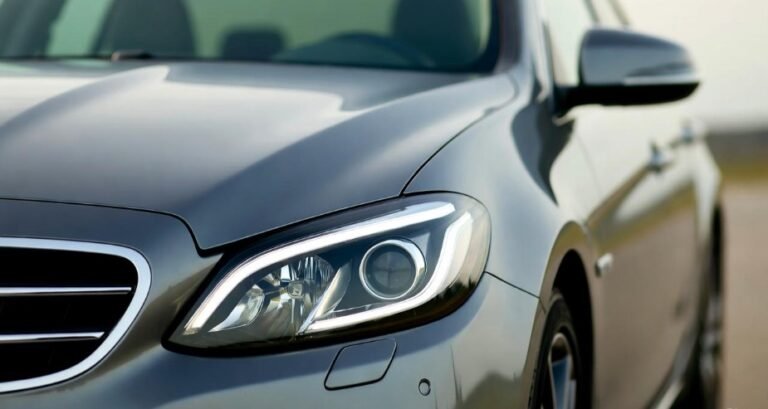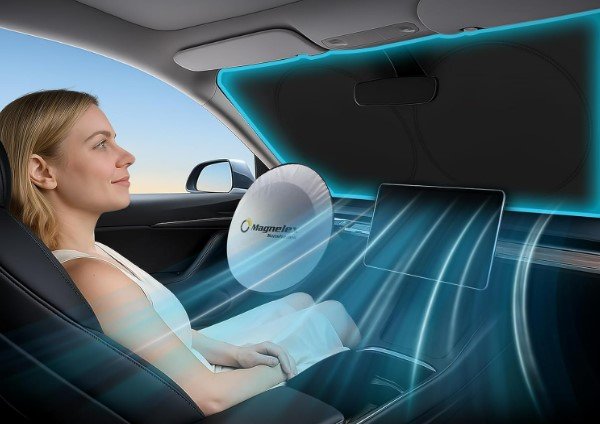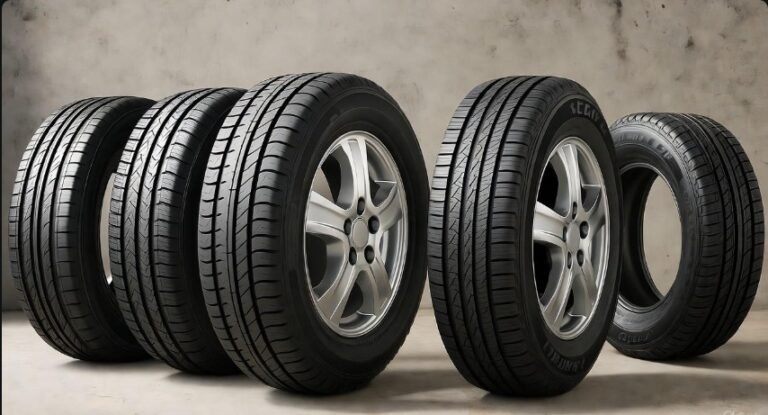Can You Use Goo Gone on Car Paint? Pros and Cons Explained
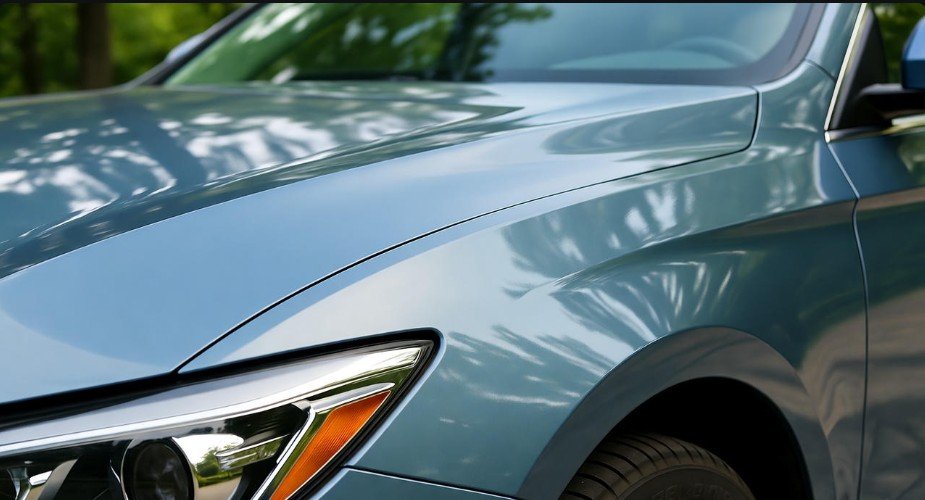
Cleaning your car can feel like a small victory when it’s sparkling clean. But then, life happens—sticky residue from stickers, decals, tree sap, or even leftover tape from a recent repair can suddenly turn your shiny ride into a sticky mess. That’s when you might have heard of Goo Gone—a product many swear by for removing tough adhesives. But here’s the million-dollar question: can you use Goo Gone on car paint? The answer is yes, but with caution. Let’s dive into the details, pros, cons, and everything in between so your car stays flawless while the sticky stuff disappears.
Understanding Goo Gone and Its Uses
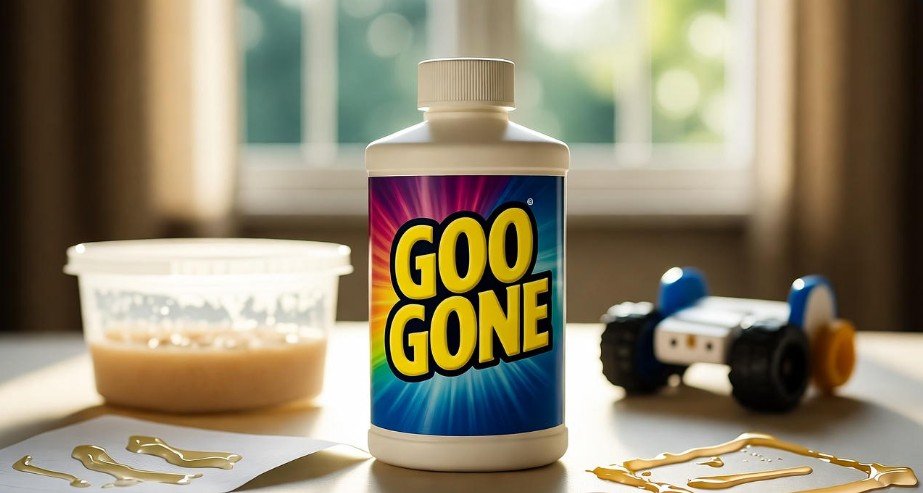
Goo Gone is a versatile adhesive remover that has become a household staple. Its appeal comes from its ability to tackle sticky messes without harsh scrubbing. From crayon marks on walls to gum on furniture, Goo Gone has earned a reputation for gently dissolving stubborn residues. In the automotive world, it’s often used to remove decals, stickers, tar, and adhesive residues left behind after labels or protective films are removed.
What makes Goo Gone unique is its formulation—it’s designed to be safe on multiple surfaces, including plastic, glass, metal, and yes, car paint. Unlike harsh chemical solvents that can strip or damage finishes, Goo Gone is formulated to be gentle while still effective. That said, even gentle products require care when applied to a vehicle’s exterior to prevent unintended damage.
Is Goo Gone Safe for Car Paint?
Many car enthusiasts worry about any chemical touching their car’s paint. Understandably so—your car’s paint is not just about aesthetics; it’s a protective layer against the elements. The good news is that Goo Gone is generally safe for car paint. It won’t immediately strip your paint or damage the clear coat if used correctly.
However, the key word here is “correctly.” This means avoiding excessive scrubbing, testing the product on a small, inconspicuous area first, and following the instructions. Even safe products can react differently depending on the paint type, age, or previous treatments like wax or ceramic coatings. Think of it like seasoning food—you wouldn’t pour salt straight into a cake batter without tasting first. Testing ensures your paint stays intact and your car’s finish remains flawless.
Step-by-Step Guide: Using Goo Gone on Car Paint
Using Goo Gone on your car doesn’t need to be complicated. Here’s a step-by-step method that keeps things safe while effectively removing residue:
-
Read Instructions Carefully: Every bottle of Goo Gone comes with usage directions. Skipping this step is like ignoring a GPS—you might end up somewhere you don’t want to be.
-
Test on a Hidden Area: Choose a spot like the inside of a door or trunk. Apply a small amount, wait a few minutes, and check for any discoloration or reaction.
-
Apply the Product: Dampen a clean cloth or sponge with a small amount of Goo Gone. Avoid pouring it directly on the car paint.
-
Gently Rub the Residue: Use circular motions to loosen the sticky substance. Patience is key—don’t rush by scrubbing aggressively, which may scratch the paint.
-
Wipe Clean: Remove the dissolved residue with a clean, damp cloth.
-
Rinse and Dry: Wash the area with water, and dry thoroughly to avoid streaks or water spots.
-
Repeat if Necessary: Some stubborn adhesives may require multiple applications. Always ensure each layer is wiped and rinsed before reapplying.
-
Final Wash: After Goo Gone use, washing with mild soap and water ensures no chemical residue is left behind, protecting your car’s shine.
Pros of Using Goo Gone on Car Paint
Using Goo Gone can feel like having a secret weapon in your car care toolkit. Here’s why:
-
Effective on Sticky Residues: Removes adhesives, sap, crayon marks, and labels without harsh scrubbing.
-
Gentle on Paint: Unlike acetone or nail polish remover, it doesn’t typically harm automotive finishes when used correctly.
-
Time-Saving: Cuts through stubborn gunk faster than soap and water alone.
-
Versatile Use: Can also clean windows, plastic trims, and chrome parts safely.
-
Convenience: Readily available in most hardware and auto supply stores.
In short, Goo Gone provides a safe, practical solution to a problem most car owners face at some point, making it a valuable addition to your car cleaning arsenal.
Cons and Precautions
No product is perfect, and Goo Gone is no exception. While it’s safe for most uses, ignoring precautions can backfire:
-
Not for Damaged Paint: Avoid using it on chipped or cracked paint as it may worsen the damage.
-
Potential Scratches: Aggressive rubbing can leave micro-scratches, especially on older paint.
-
Allergies and Fumes: Goo Gone has a noticeable smell, and prolonged exposure can irritate skin or lungs, so gloves and ventilation are recommended.
-
Repeated Use: Some stubborn adhesives might require several applications, which can increase risk of surface damage if not careful.
Think of Goo Gone like a powerful tool in your garage—use it wisely, and it works wonders; misuse it, and you risk harming your prized ride.
Precautions and Tips for Safe Application
Safety doesn’t have to be complicated. Simple steps ensure you get the best results without hurting your car:
-
Always test first on a hidden area.
-
Avoid using on cracked or aged paint.
-
Use soft microfiber cloths instead of rough sponges.
-
Work in a well-ventilated space to avoid inhaling fumes.
-
Apply gentle pressure; let the product do the work.
-
After treatment, wash the area to remove any leftover Goo Gone residue.
Following these precautions makes the process almost foolproof, keeping your car spotless without compromising its finish.
Alternatives to Goo Gone for Car Paint
While Goo Gone is highly effective, some car owners prefer natural or readily available alternatives, or simply want backup options. Luckily, there are several safe and practical solutions for removing sticky residue without harming your car’s paint.
-
Vinegar: A gentle, acidic solution made by mixing equal parts vinegar and water can soften adhesives. Apply with a cloth, let it sit for a few minutes, then wipe clean. Vinegar is particularly useful for small sticker residue and tree sap.
-
Isopropyl Alcohol: This common household item works wonders on sticky marks. Dampen a cloth with alcohol and gently rub the affected area. Alcohol evaporates quickly, minimizing the chance of residue buildup.
-
Peanut Butter: Believe it or not, the oils in peanut butter can help break down adhesive. Spread a thin layer over the residue, let it sit, then wipe clean. This method is more unconventional but surprisingly effective for light adhesive spots.
-
WD-40: Known for its versatility, WD-40 can dissolve sticky residues when applied sparingly. Spray, wait a minute, and wipe away with a clean cloth. Always test on a hidden area first.
All these alternatives require the same caution as Goo Gone—test first, apply gently, and clean the area thoroughly afterward.
Real-Life Tips for Using Goo Gone on Cars
Experience matters when it comes to car care, and here are some practical insights from car enthusiasts who have successfully used Goo Gone:
-
Work in Sections: If your vehicle has multiple sticky spots, focus on one area at a time to prevent spreading the residue.
-
Patience is Key: Let the Goo Gone sit for a minute or two before rubbing. This reduces the effort required and minimizes risk of scratches.
-
Combine with a Clay Bar: After removing the residue, using a clay bar can lift any remaining tiny particles, restoring the surface to a smooth, polished finish.
-
Wax After Cleaning: Applying a layer of wax post-treatment protects your paint and gives it a shine that hides minor imperfections.
These small steps can make the difference between a seamless, professional-looking finish and a car that still shows traces of adhesive residue.
Pros and Cons Table
Here’s a quick visual summary to help weigh the benefits and limitations of using Goo Gone on car paint:
| Pros | Cons |
|---|---|
| Effectively removes sticky residue | Not suitable for damaged or cracked paint |
| Gentle on most paint finishes | Aggressive rubbing may cause micro-scratches |
| Saves time compared to scrubbing | Strong smell; use in ventilated areas |
| Versatile for multiple surfaces | Multiple applications may be needed for stubborn spots |
| Easy to find and use | Can irritate skin; gloves recommended |
This table makes it clear: the advantages outweigh the disadvantages if precautions are followed.
Common Mistakes to Avoid
Even with a safe product like Goo Gone, mistakes happen. Avoid these pitfalls:
-
Skipping the Test Spot: Always test in a discreet area first. Ignoring this can lead to unwanted discoloration.
-
Using Excessive Force: Let the chemical do the work. Rubbing too hard can scratch or dull the paint.
-
Neglecting Final Wash: Failing to wash away residual Goo Gone can attract dust and leave streaks.
-
Ignoring Protective Gear: Gloves and good ventilation prevent irritation from chemicals and fumes.
By avoiding these common mistakes, you maximize the effectiveness of Goo Gone while keeping your car safe and shiny.
Final Thoughts
So, can you use Goo Gone on car paint? The answer is a cautious yes. When applied properly, Goo Gone is a safe, reliable, and efficient way to remove sticky residues from your car without damaging the paint. However, the key to success lies in testing first, applying gently, and cleaning thoroughly afterward.
For car owners who prefer alternatives, options like vinegar, isopropyl alcohol, peanut butter, or WD-40 can work well, provided they are tested first and applied carefully. Ultimately, Goo Gone and these alternatives are about convenience, safety, and preserving the beauty of your vehicle while tackling everyday sticky messes. Remember: a little patience and care goes a long way in keeping your car looking pristine.
Frequently Asked Questions (FAQs)
1. Can Goo Gone Be Used On Car Paint?
Yes, Goo Gone can be safely used on car paint to remove adhesive residues and sticky substances without causing damage, as long as you follow proper precautions.
2. Is Goo Gone Safe For Automotive Paint?
Yes, it is designed to be gentle. However, testing on a small, hidden area first ensures compatibility with your specific paint type.
3. Will Goo Gone Remove Scratches From Car Paint?
No, Goo Gone is not formulated to remove scratches. It is intended solely for adhesive and sticky residue removal.
4. Can Goo Gone Damage Clear Coat?
If applied correctly, it should not harm the clear coat. Always test on a discreet area first to avoid surprises.
5. How Long Should I Leave Goo Gone on My Car’s Surface?
A few minutes is usually enough. Leaving it for too long may not improve effectiveness and can risk residue buildup.
6. Can I Use Goo Gone on Vinyl or Plastic Car Parts?
Yes, it works on vinyl, plastic, and chrome trims, but gentle application and testing are still recommended.
7. What Should I Do After Using Goo Gone?
Wash the treated area with mild soap and water, rinse thoroughly, and consider applying a wax or sealant to protect the surface.
8. Are There Eco-Friendly Alternatives to Goo Gone?
Yes, options like vinegar and isopropyl alcohol provide safer, natural solutions for removing sticky residues without harsh chemicals.
Using Goo Gone on your car can be a smooth, stress-free solution for stubborn sticky residues. By combining proper technique, safety precautions, and thoughtful follow-up care, you can restore your car’s finish without worry. Whether you stick with Goo Gone or explore natural alternatives, the key is patience, testing, and gentle application. Your car deserves nothing less than careful, informed care.



